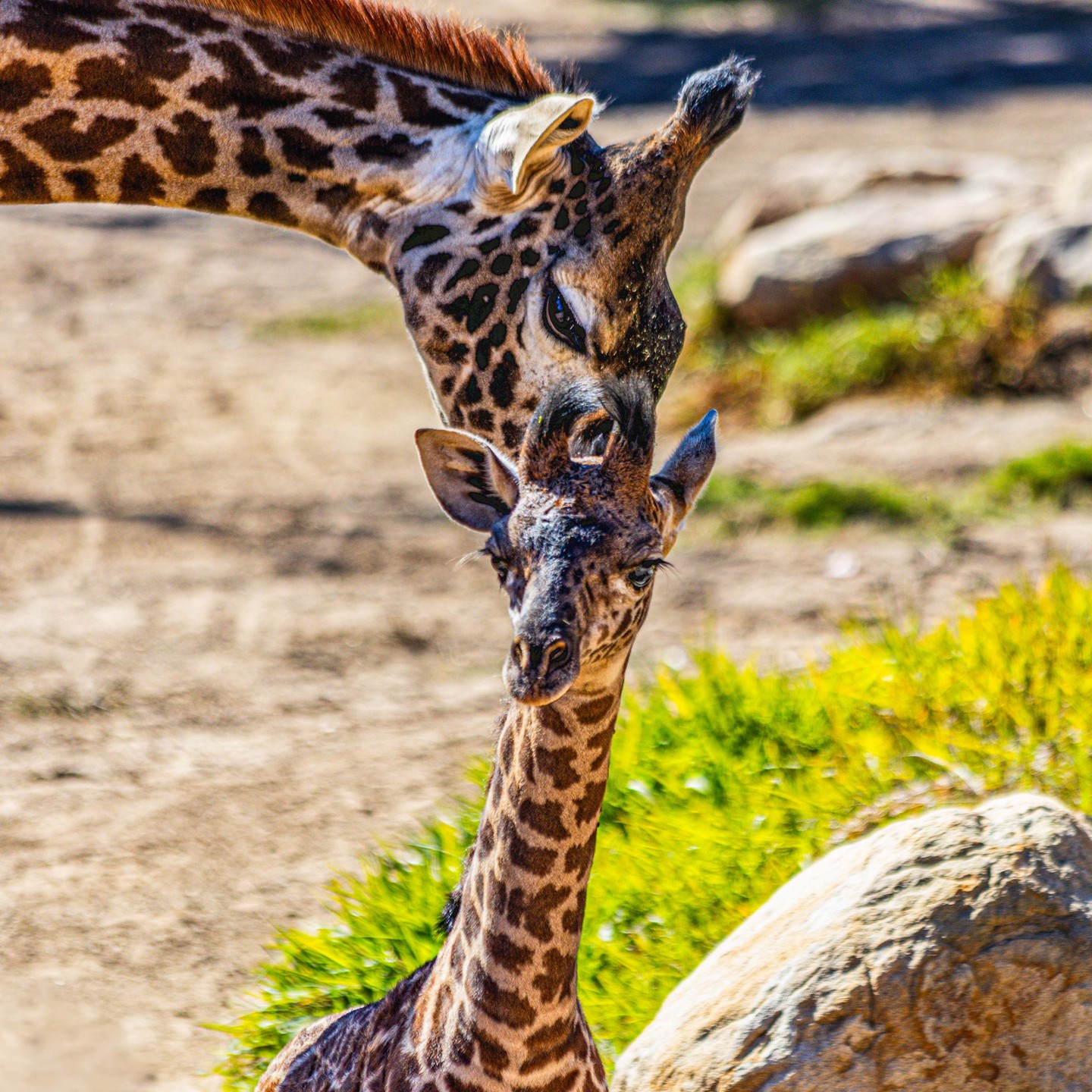- Impact of the LA fires on zoos and their role in community support during crises.
- Importance of disaster preparedness and response plans in zoo management.
- Conservation efforts for endangered species amidst environmental challenges.
- Role of zoos in wildlife education and public awareness.
- Support and collaboration with first responders to protect both humans and animals.
The devastating fires in the greater Los Angeles area highlight a significant and ongoing challenge for both wildlife and the institutions dedicated to protecting them. Zoos, as custodians of biodiversity, play a crucial role not only in conservation but also in community support during such emergencies. In times of crisis, these institutions provide critical support, offering sanctuary to both native and exotic species and acting as a resource for their surrounding communities. Ensuring the safety and well-being of animals and humans is paramount, and the fires exemplify the urgent need for well-structured disaster preparedness and response strategies within zoo management.
As fires ravage the natural environment, the importance of organized efforts to protect endangered species becomes increasingly apparent. Zoos are often on the frontlines of these conservation battles, implementing strategies and initiatives aimed at safeguarding vulnerable species. Many species are already teetering on the brink of extinction due to habitat loss, climate change, and human interference. Amidst such challenges, zoos serve as living repositories for genetic diversity, providing a genetic reservoir that may be called upon should reintroduction into wild habitats become feasible.
Educating the public about these issues is another cornerstone of zoo operations. Zoos are uniquely positioned to foster awareness about wildlife and conservation issues. They provide a tangible connection to animals that most people would never encounter in the wild. Interactive exhibits, educational programs, and outreach activities help illuminate the complexities of wildlife conservation and the essential roles that biodiversity plays in maintaining ecological balance.
In crises, collaboration between zoos and first responders is crucial. Protecting both humans and animals during emergencies requires a coordinated effort. Zoos must liaise with fire departments, emergency services, and wildlife agencies to enact evacuation plans promptly and efficiently. These partnerships enhance the ability to prioritize the safety of both staff and residents, which is critical when the stakes are high and every moment counts.
Disaster plans in zoos are tailored with a multifaceted approach, addressing various potential scenarios. Emergency preparedness involves a thorough assessment of risks, continuous staff training, and the establishment of protocols that delineate clear roles and responsibilities. Given the unpredictable nature of natural disasters, adaptability remains a key component of these plans, enabling rapid responses tailored to the unique challenges each situation presents. Whether through relocating animals, managing logistics to maintain operational stability, or ensuring that essential supplies are available, comprehensive strategies are mandatory for effective crisis management.
Zoos also play an integral part in conservation efforts that extend beyond mere animal exhibitions. Many zoos partake in breeding programs for endangered species, often in collaboration with global wildlife conservation organizations. These initiatives are critical in maintaining viable populations of species that have been severely affected by environmental changes. Breeding programs can help sustain genetic diversity, control diseases, and reduce the risk of population extinction. Moreover, scientific research conducted in zoo settings contributes to a deeper understanding of animal behavior, physiology, and ecology, informing conservation efforts worldwide.
Furthermore, zoos provide resources and support for communities impacted by crises. They extend their resources to first responders and evacuees by providing shelter, food, and moral support. During emergencies, the zoo’s infrastructure, such as its veterinary facilities, experienced staff, and supplies, can offer invaluable assistance to external wildlife rescue efforts and local relief operations. This multifaceted role underscores the broader societal value of zoos beyond their conservation and educational mandates.
Public education efforts are reinforced through zoos, which serve as important platforms for raising awareness about the challenges facing wildlife. By educating visitors about the impacts of climate change, habitat destruction, and human activity on animal populations, zoos foster a sense of stewardship and inspire proactive involvement in conservation initiatives. Interactive experiences and personal encounters with animals help instill a deeper recognition of the intrinsic value of wildlife and the importance of preserving it for future generations.
In conclusion, during disasters such as the Los Angeles fires, the contributions of zoos extend far beyond the confines of their enclosures. Their roles encompass community support, wildlife conservation, and facilitating public education. The ability of zoos to adapt to crises, engage in effective collaboration with first responders, and implement robust conservation programs underscores their importance as institutions committed to preserving both local and global biodiversity. In these trying times, our thoughts are with the zoo staff, animals, and communities affected, as well as the first responders who work tirelessly to protect them. Through continued support and dedication to these causes, we can mitigate the impacts of such disasters and promote a sustainable coexistence with our natural world.
*****
Source Description
Our hearts go out to our Zoo friends, families, and their communities affected by the devastating fires in the greater Los Angeles area. Sending strength to first responders and evacuees in these heartbreaking times.
Please stay safe as this unprecedented situation continues to develop.
Alt-text: A tender moment between a pair of Masai giraffe at the Zoo. Raymie (rear) cranes his neck down to gently rest his head behind a young Malia (front).


